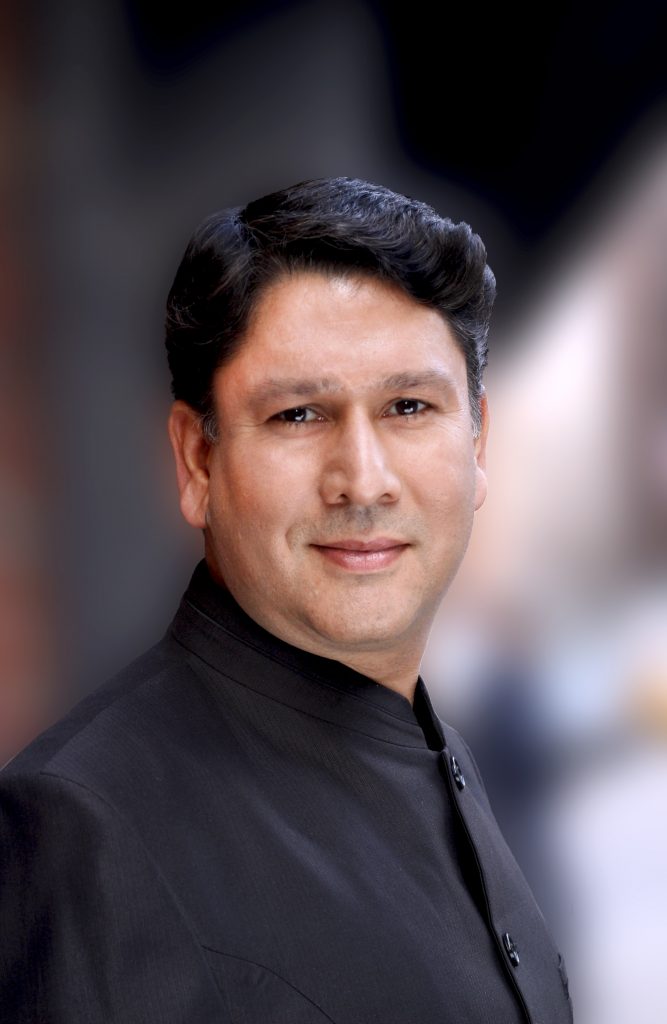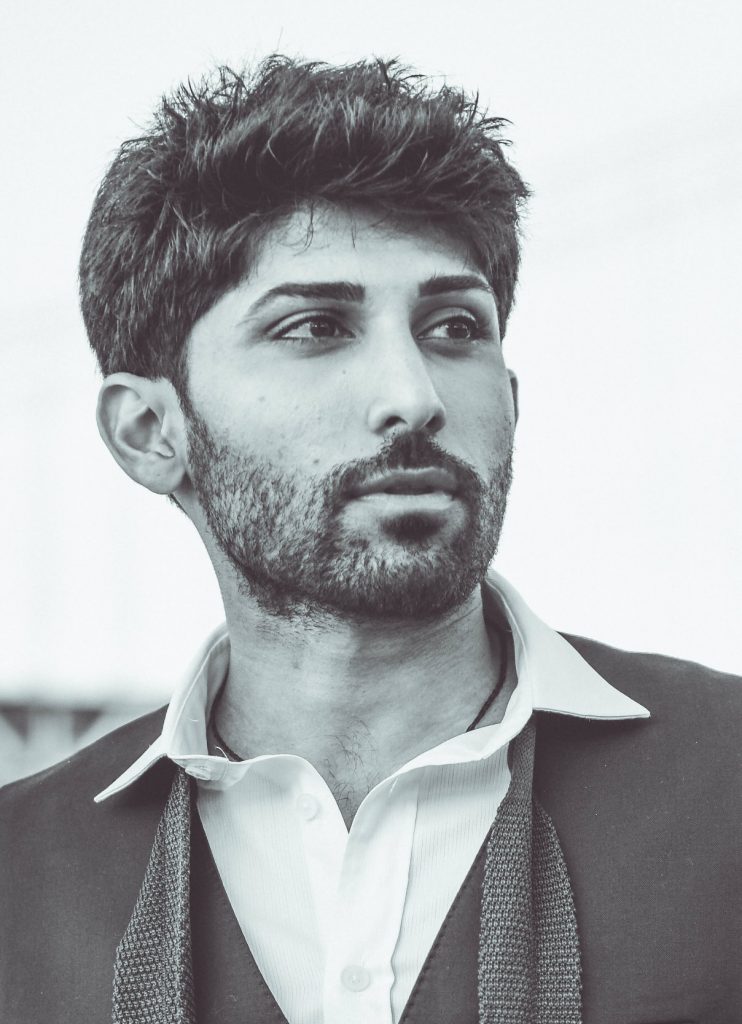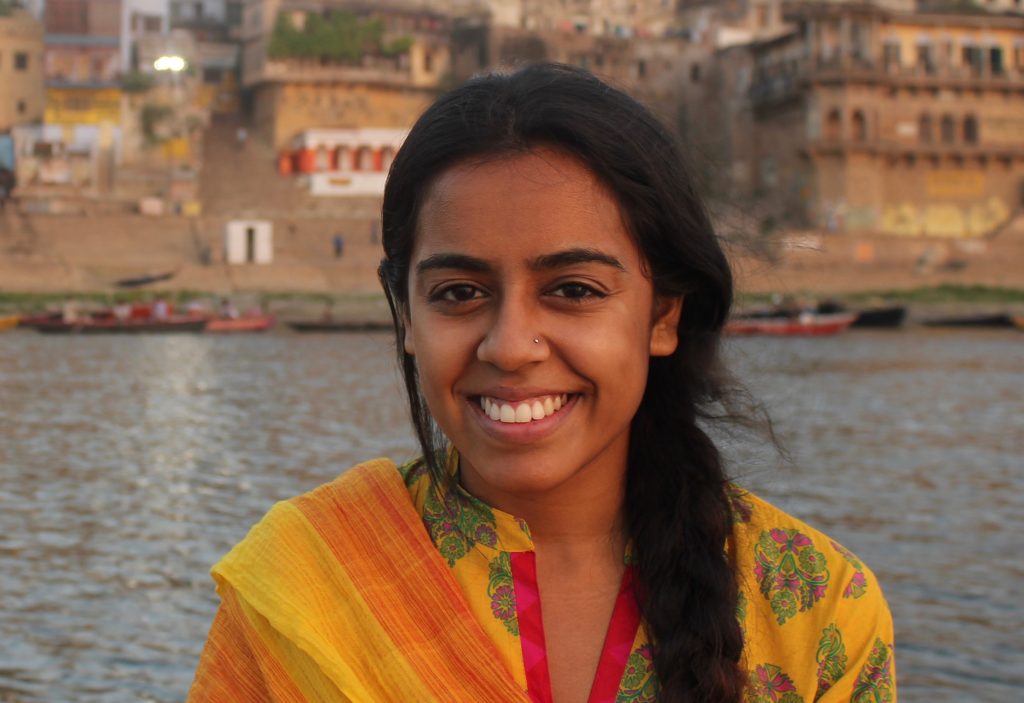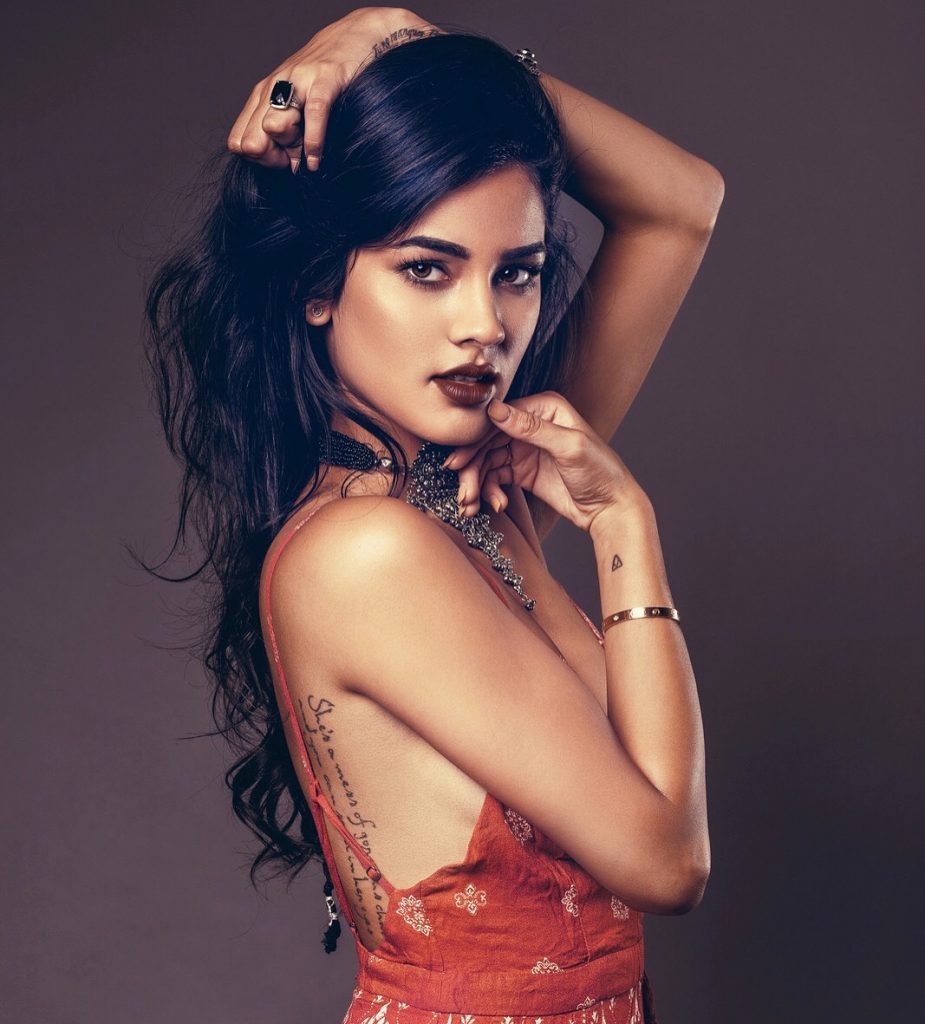Acting has always been in my blood. Although it wasn’t something I pursued until I moved to the United States, I intuitively knew where my path would lead me. Movies have shown me the magic that anything is possible. Growing up in a house where any creative passions were pursued in secret, movies gave me that outlet to dream and build my imagination, letting me believe that one day it would all come to fruition. As I make these dreams a reality, I am often drawn to people who are of the same caliber. The universe has a way of paving the path for us. All we have to do is step on it.
This reason is why I felt in awe and yet right at home at Sonny Chatrath’s annual soiree for South Asian Artists in US & Canada. Hosted at Pondicheri NYC also owned by fellow actor Ajna Jai, the beautiful ambiance and cuisine of this restaurant led to the magic of the evening.
[Read Related: Understanding the Effects of Imperialism on Bollywood and Malayalam films]
Carefully founded, curated and mentored by Chatrath, The South Asian Artists group is more than a social media presence. It is a community where aspiring South Asian actors, directors, producers, writers and many more find support, advice, opportunities and quality work.

“Pursue your dreams but keep your day job.”
To me, this represents the essence of what makes South Asian actors and artists akin to superheroes. Partly cultural and partly the drive to be multifaceted, the South Asian community is probably one of the few that I have seen where artists pursue medical or engineering degrees by day as well as their love of film and supporting their fellow actors by night. It takes a special individual to gracefully handle these hats, but Sonny does it effortlessly. Also the Director of Sales for Up and Away Travel, a high-end American Express Travel Management company, a chef enthusiast and a doting husband and father, he is a man who doesn’t shy away from his dreams or his responsibilities.
It is no wonder that all members speak so highly of him, including the following superheroes with whom I had the pleasure of speaking to at the event.
Dhanish Karthik

Molly Karna

[Read Related: #TimesUp for the Bollywood Patriarchy: Independent Films Successfully Tackle Taboo Topics]
Priya Patel
Patel is the type of woman who makes you feel right at home even though you’ve just met her. Warm, welcoming and funny, she is not afraid to dream big. This girl had me at,
“I want to star in the next Jurassic Park.”
This statement is the way to my heart since I want to be in an action movie with dinosaurs or chimpanzees myself. Much like the challenge all South Asian actors have faced, she is often at the receiving end of “stagnant stares”—as she puts it—when she reveals her ambition to pursue a career in medicine and acting. Balancing her third year of medical school, acting and modeling, she believes dreaming big is not for the faint of heart. This is just as well because we fully heart you. Keep dreaming big and achieving, girl, and we’re waiting for the invite to the premiere of “Jurassic Park” starring Patel. Until then, you can also catch her in Aditya Narayan’s music video & song “Queen.”
And that’s a wrap as they say in our movie world! As the world continues to fall in love with superhero films because they represent something bigger than us, let’s not forget the South Asian actor superhero community that can actually say, I AM a doctor, I AM an engineer – I don’t just play one on TV.






